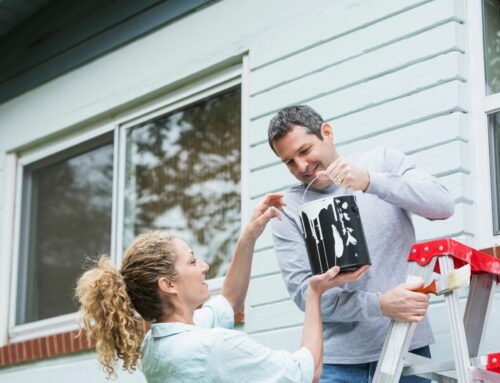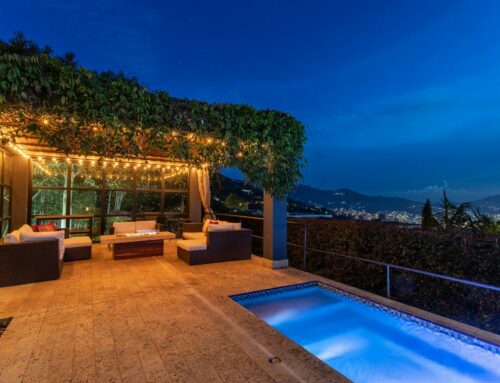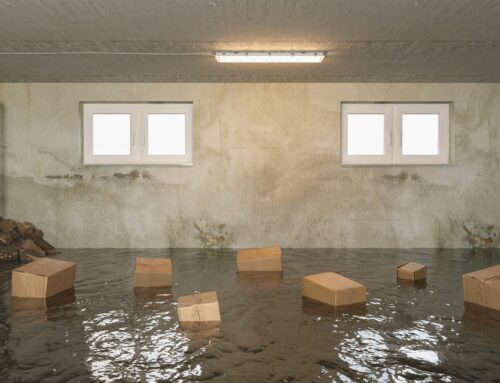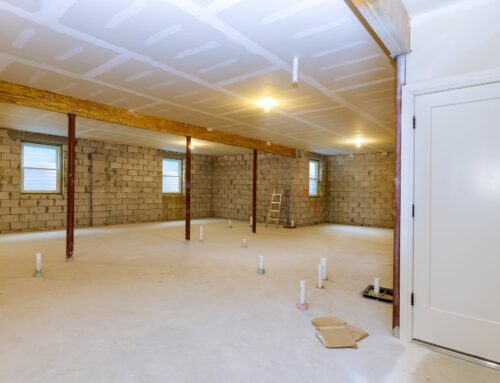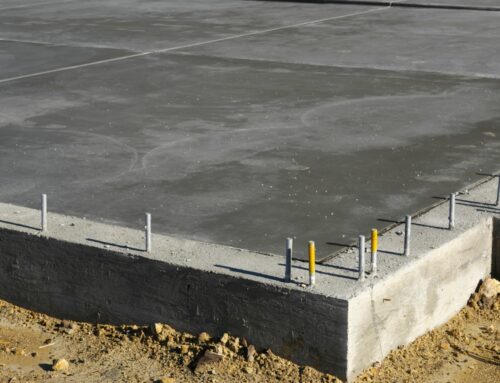First impressions matter—the same rules apply to buildings in both residential and commercial areas. Most of the time, people look at a building and say it’s an excellent piece of architecture mainly because of its exterior design. Therefore, it’s as crucial to design the exterior of a building as to how essential the interior is.
Exterior Insulation and Finish System (EIFS) is an excellent alternative to traditional brick or rock exteriors. Aside from the aesthetic variation, EIFS is also an excellent insulator that makes heat penetrate less within the building or household. As a result, the interior stays colder, especially during summer where the heat from the sun is as scorching as it can be. However, why else should people consider getting EIFS for their home’s exterior?
What Is EIFS?
EIFS, also called External Thermal Insulation Composite Systems (ETICS), is a cladding system that provides exterior walls with an insulated finish almost similar to stucco. It is an efficient insulating material that also acts as a decorative and protective wall coating installed in any construction.
Installing EIFS
The process of installing EIFS on an exterior wall follows a few steps. First, contractors would have to apply a drainage board to the building’s outer wall with a strong adhesive. Its function is to protect the structure from moisture infiltration before applying a water-resistant barrier. Once the drainage board adheres to the wall, contractors will install the insulation board before using fiberglass mesh for reinforcement and the finishing coat on top.
Benefits of Using EIFS
1. Overall Home Insulation
Insulation and ventilation are two of the most important aspects of a building design. Insulation ensures that the interior of the building is at the right temperature that is comfortable for people to live in or work at.
Through EIFS, the insulation of the building gets boosted, which means it becomes less warm or cold, especially during temperature changes in summer and winter. Although traditional insulation methods like studs and joists are still effective, they leave a structure vulnerable to thermal breaks.
2. Added Architectural Design
Architecture isn’t only about the functionality of the building itself. Aside from the energy efficiency brought about by the EIFS, it is also an effective method to bring aesthetics to the table—especially in exterior walls, which people see first.
EIFS is a versatile insulating method. Homeowners can request a tinted coating for their exterior walls, reducing the need to have the walls painted by contractors after the construction finishes. EIFS can also become a cheaper alternative for architectural designs like arches, columns, and other decorative details, which can become quite expensive.
3. Low-Maintenance Level
Lastly, EIFS is a method known for its low level of required maintenance. Since it requires additional tasks like painting, it’s less susceptible to fading, chalking, and yellowing which traditional painted materials succumb to. Overall, it takes more time for EIFS to need maintenance procedures to make the walls look brand new.
Conclusion
Keep in mind that a house’s exterior is the determining factor that tells people how beautiful the home is. Therefore, invest in an exterior finish that delivers aesthetics and insulating properties to keep people inside comfortable no matter the outside temperature. However, if possible, consult an architect about the best materials to use in an exterior wall. Never decide on your own and change something on the exterior walls without the opinion of a professional.
One Stop Plastering believes in the idea that the customer is always right. Our goal is to accommodate every client’s needs, such as exterior plaster and stucco services and applications for concrete and plaster walls. To us, people deserve high-quality services and artistry every time. Contact us today through our website, and your first bid is on us!


